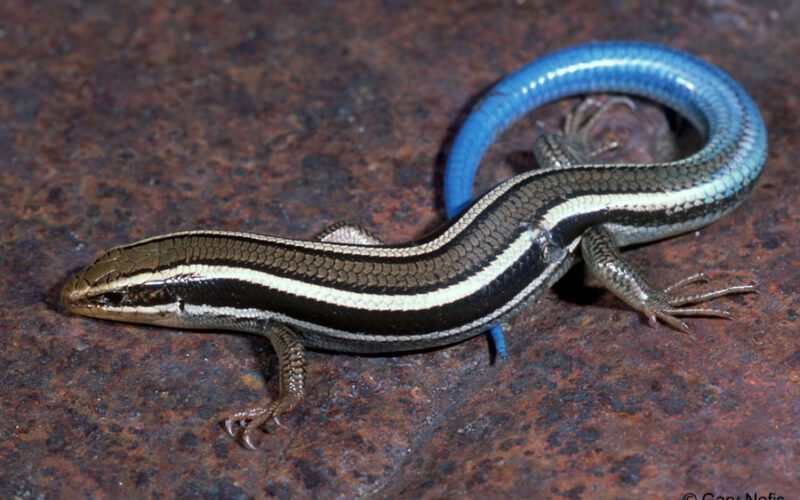In many parts of Nigeria, the small, shiny reptile known as a skink is often feared and misunderstood. Popularly called “snake lizard” due to its snake-like appearance and movement, this creature has inspired numerous myths, superstitions, and stories passed down through generations.
But how much of what we believe about the snake lizard is actually true?
Let’s explore 10 common myths Nigerians believe about snake lizards—and reveal the facts behind them.
1. Myth: The Snake Lizard Is a Baby Snake
Truth: A skink is not a baby snake. It is a species of lizard with short legs, a long tail, and shiny, smooth skin—features that make it resemble a snake at first glance. However, skinks are a completely different animal from snakes, belonging to the lizard family.
2. Myth: Snake Lizards Are Poisonous or Venomous
Truth: Skinks are not venomous and do not possess any poison that can harm humans. While they may bite if threatened, their bite is harmless and does not carry toxins.
3. Myth: Snake Lizards Can Turn Into Snakes
Truth: This is a superstition, not science. There is no biological or scientific evidence that a skink can transform into a snake. The myth likely arose due to its physical resemblance to snakes and the fear surrounding snakes in general.
SEE ALSO: Anunuebe Tree: The Mystical Tree of Eastern Nigeria – Real or Myth?
4. Myth: Seeing a Snake Lizard in Your House Is a Bad Omen
Truth: While some cultures associate animals with spiritual meanings, from a biological standpoint, skinks enter homes in search of insects and warmth, not to deliver bad luck. Their presence is more of a pest control bonus than a curse.
5. Myth: Snake Lizards Will Chase You
Truth: Snake lizards are shy and non-aggressive. If one seems to run toward you, it’s likely panicking and trying to escape. It does not chase humans intentionally.
6. Myth: Killing a Snake Lizard Brings Good Luck
Truth: There’s no factual basis for this belief. In fact, killing skinks can disrupt the ecosystem around your home, as they feed on insects and pests. They’re actually beneficial to your environment.
7. Myth: The Snake Lizard’s Tail Can Sting You
Truth: A skink’s tail is not a weapon. It can detach its tail as a defense mechanism when threatened (a process called autotomy), but the tail does not sting or harm anyone.
8. Myth: Snake Lizards Cry Like Babies at Night
Truth: Skinks are not known to make baby-like cries. This myth may come from confusing the sounds of other night creatures (like house geckos or tree frogs) with the presence of skinks.
9. Myth: They Only Come Out During Rainy Season
Truth: While you may see more skinks during the rainy season due to increased insect activity, they are present all year round, especially in warm, humid areas.
10. Myth: Touching a Snake Lizard Can Cause Skin Disease
Truth: Skinks do not transmit skin diseases to humans through touch. Like many wild animals, they may carry bacteria, but casual contact is unlikely to cause harm unless there’s an open wound and poor hygiene afterward.
Final Thoughts: Fear vs. Facts
The snake lizard (skink) may look strange, but it’s largely harmless, misunderstood, and even helpful. Nigerian myths have painted it as dangerous or spiritual, but science proves it’s just another part of our natural environment.
So next time you see a snake lizard dart across your compound wall, remember: it’s not a curse, a snake, or a threat—it’s just nature doing its job.
Have You Heard Any Other Myths?
Drop your experience or the stories you were told about snake lizards in the comments! Let’s continue to separate fact from fear.

